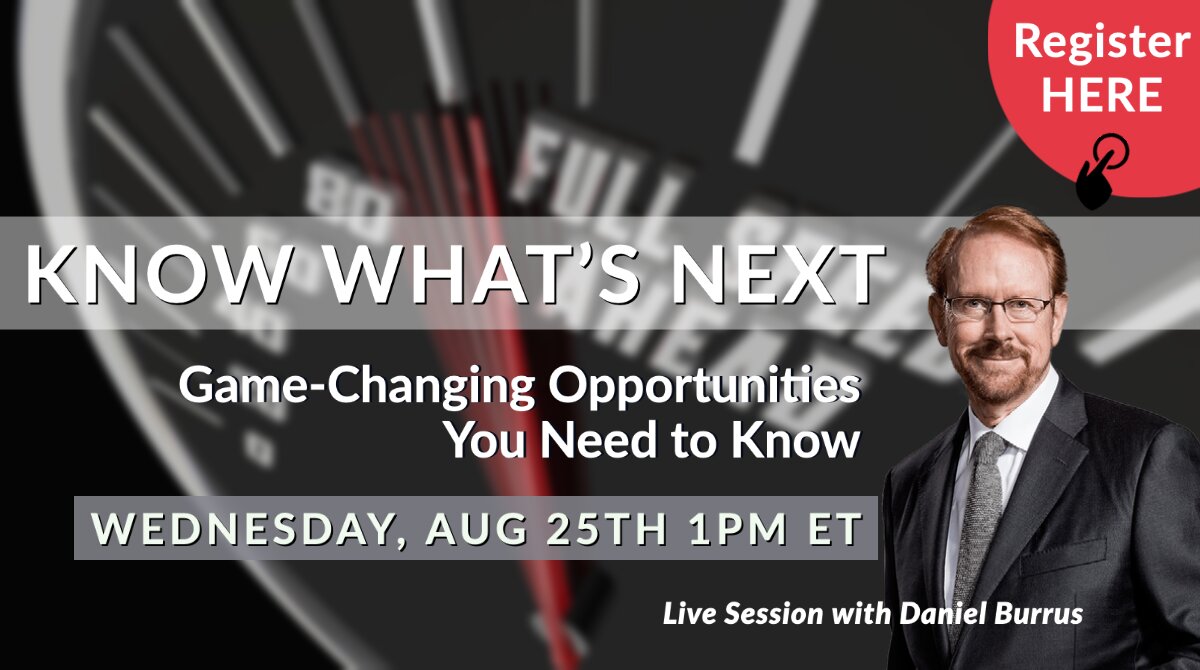When it comes to the concept of digital transformation, we should really be focused on the term transformation. Your competitive advantage depends on how you define the terms change and transformation, as the vast majority of leaders believe they are transforming a process, a product, or a service when they are really just changing it.
Predominantly, this is because most don’t know the difference between transformation and change. Let’s dive into the differences between these two competencies.
Anticipation and transformation are offensive strategies
Change comes from the outside in, forcing us to react and respond with agility in a defensive manner, whereas transformation is an offensive and anticipatory competency quite different from change. Whether it’s a personal transformation or business transformation, it always comes from the inside out, giving you far more control in actively shaping your future.
Being agile is important when dealing with rapid change; however, no matter how agile you are, reacting quickly does not work alone. We must become anticipatory, using Hard Trends based on future facts to anticipate disruptions and problems before they disrupt so they can be pre-solved, allowing you to elevate relevancy, accelerate innovation, and create sustainable growth.
Melting ice caps
Being a positive disruptor goes far beyond just transforming products and services; an Anticipatory mindset can help solve some of the world’s biggest issues.
One of the principles in my Anticipatory Organization Model® is what I refer to as the Law of Opposites. Let’s discover how it can be implemented to solve problems that seem overwhelming and often unsolvable, such as the melting polar ice caps.
Over the past 40 years of flying over Greenland in my many travels, I’ve noticed over time that the once-white glacial snow now is mostly exposed rock. In 2017, I vacationed in Glacier National Park for the first time since 1977, and there was a dramatic decrease in the glaciers themselves.
How can the Law of Opposites help? Instead of looking at the big problem, looking in the opposite direction may help you find a way to take action. In this case, consider the color of the snow! As you get closer to the pole, northern latitude snow has a lot of black soot on it. Black absorbs heat, accelerating the melting of the top layer.
Then, instead of looking at the black soot on the snow, let’s look in the opposite direction and discover where the soot came from. It is possible to use existing equipment to test the soot and determine its exact source, which is usually a coal-fired power plant that uses low-grade dirty coal and has few pollution controls.
It’s possible to find ways to prevent this problem from getting worse by creating a global funding source to clean up the problem plant. Will this completely slow global warming? Not necessarily, but it is an example of how little actions can make big differences towards creating positive change.
Wildfires and mudslides
Another one of the principles in my Anticipatory Organization Model® is what I refer to as the Skip It Principle. Skipping your biggest problems sounds too good to be true, but believe me when I say it is not!
One of the key elements of problem skipping is that whatever problem you’re focused on is most likely not the real problem. There is another problem that is the real problem, and when you identify it correctly, it is solvable.
For example, we have a lot of wildfires in California. The bulk of individuals safely escape the fires themselves, but an actual growing problem connected to the wildfires occurs when heavy rains move in over these burned hills, causing mudslides to transpire, move fast, and cause massive damage and death.
Thinking as an Anticipatory entrepreneur aware of the connectivity of our smartphones, we could place some sonic acoustic sensors with Bluetooth capabilities around areas that have had fires, “listening” for a certain frequency of noise mudslides make. Then, the system automatically notifies all individuals in the area that massive quantities of soil are starting to move so they can evacuate.
Aligning the Futureview at your organization
I dedicate myself every day towards getting as many people as possible on the planet to be anticipatory and to start embracing some of these principles to better the world we live in, using disruptive technological advancements to transform the world in a positive way.
The reason I have an Anticipatory Organization Learning System and a book called The Anticipatory Organization is that I don’t want just one person being anticipatory; I want to empower everyone I can to turn disruption and change into opportunity and advantage, especially when it pertains to the welfare of society.
People should actually be both agile and anticipatory; we need both! If we don’t transform our processes, products, and services instead of merely changing them in an agile fashion, our problems will continue to mount.
For more business and entrepreneurship tips, subscribe to our weekly newsletter and follow us on Twitter, Facebook, Instagram and LinkedIn.







